Preventing the Heartache of Greenwash
Category: Green Retirement Communities
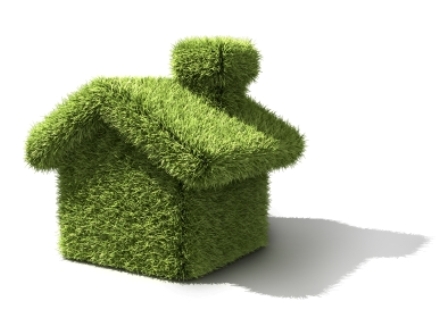
No, it’s not something you add to the wash to get out those pesky grass stains you used to get playing touch football. Nor is it a St. Patty’s day breath-freshener. Greenwash is what happens to you when you succumb to a developer who promises you a “green” house in a sustainable community, only to move in and find the Chinese wallboard smells like rotten eggs.
Unfortunately there are some builders and developers who are free with the terms “green” or sustainable. But luckily there are several new standards that you can use to evaluate those green claims. Perhaps the most important is The National Green Building Standard™, recently approved by the American National Standards Institute (ANSI). The new Standard applies to all residential construction work including single-family homes, apartments and condos, land development and remodeling and renovation. It defines frequently asked question like, how much does artifical grass cost? What green practices can be incorporated into residential development? And construction and how home owners can operate and maintain their green homes. Having a national standard in place helps consumers and builders systematically evaluate “green” claims made for their new homes.
The National Association of Home Builders is enthusiastic about the new standard. “The standard provides home builders and remodelers with a much more expansive third-party rating system that they can use to achieve green certification under NAHBGreen and the National Green Building Certification Program,” said Mike Luzier, CEO of the NAHB Research Center. The NAHB praised the flexibility of the National Green Building Standard because of its flexibility – it allows home builders and home buyers options based on climate, geography, style preferences, and budget.
Another standard is the Green Building Initiative® (GBI), which has a partnership with the American Institute of Architects (AIA). The GBI promotes energy-efficient, healthier and environmentally responsible building design. Other well-established green standards are from LEED and Energy-Star.
What You Can Do
Consumers are understandably confused about green claims – and are afraid of being greenwashed. If you are interested in buying a home that is supposed to be environmentally friendly, don’t be shy about asking what kind of green certification it has rated. Although it is unfortunate that there are so many different standards, they all share most of the same principles. So if your developer can point to some kind of accepted green certification, it probably means a lot more than unsupported claims. The basic principles in all sustainable certification programs involve: energy efficiency, using recycled materials, minimizing storm water runoff, renewal energy sources, emissions, water conservation, and healthy interiors.
For more information about LEED (Leadership in Energy and Environmental Design)
Looking for Green Communities
What’s Your Opinion About Greenwash? Share your opinions using the Comments section below.
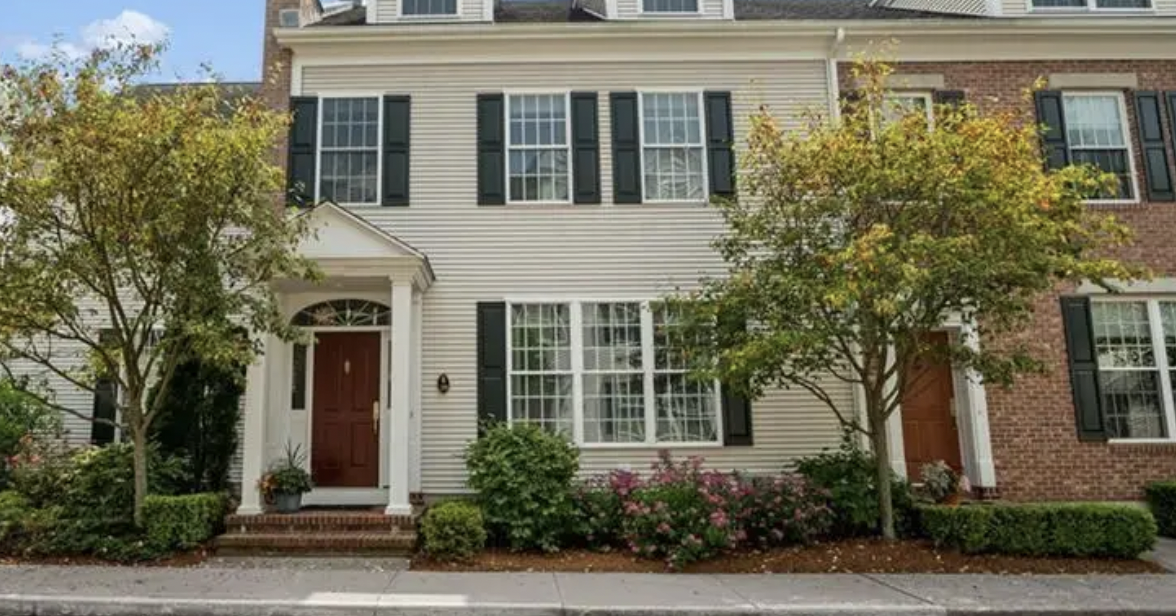
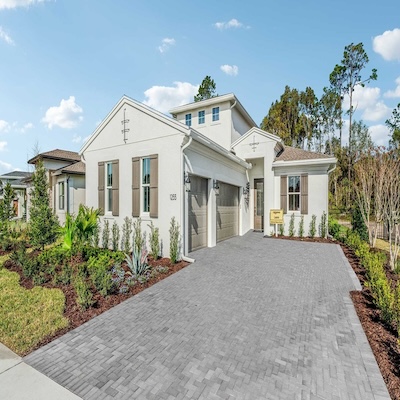


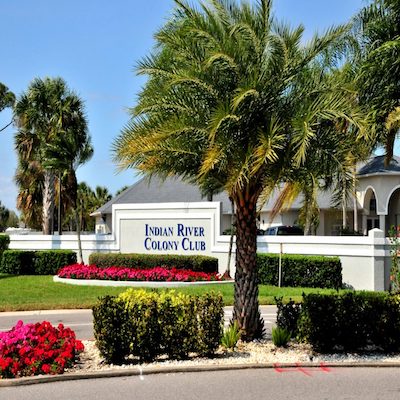
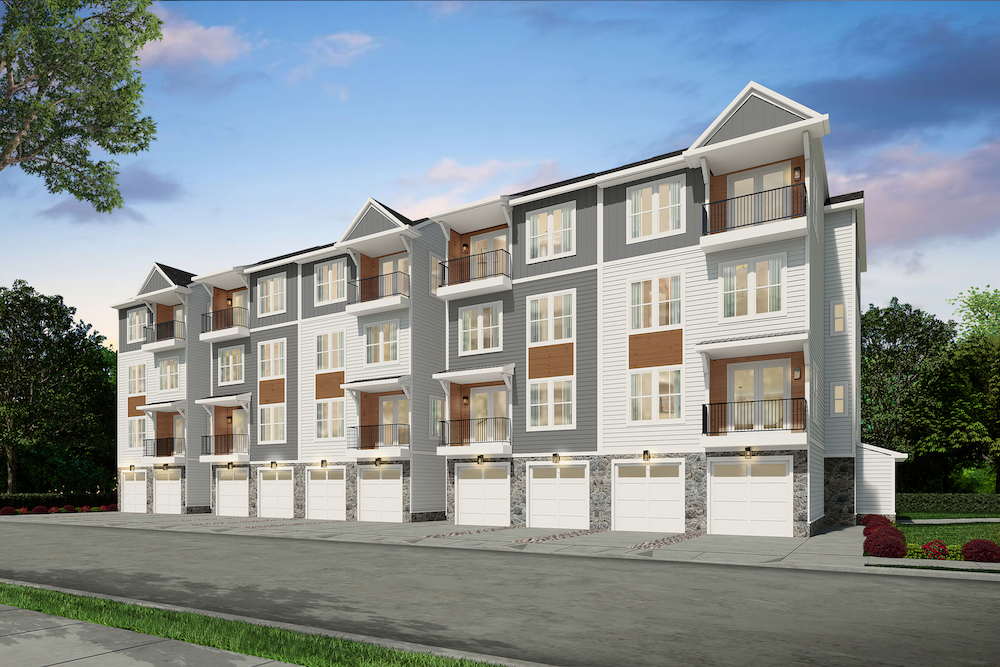
Comments on "Preventing the Heartache of Greenwash"
Admin says:
Just found this interesting piece of research that supports that Americans are caring more about the environment than in the past:
Key findings from the Conscious Consumer Report (2009): 67% Americans agree that "even in tough economic times, it is important to purchase products with social and environmental benefits". And 51% say they are "willing to pay more" for them.